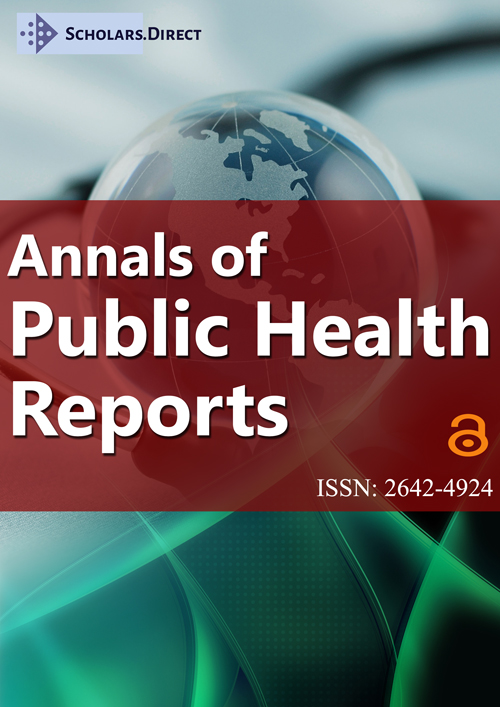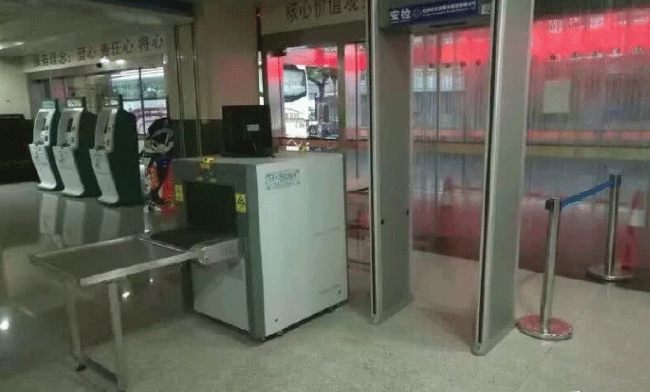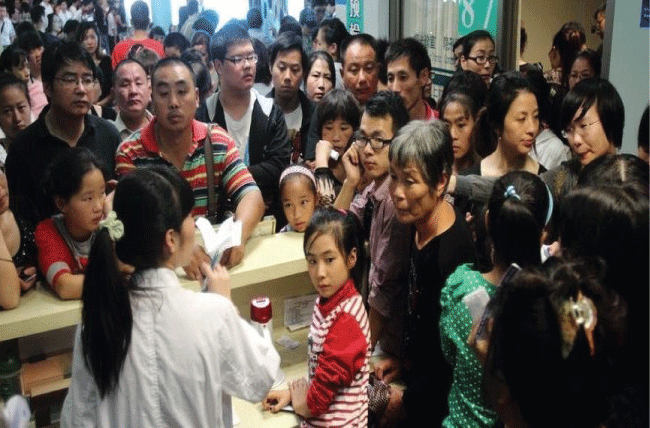It's Time to Build up Security Measures in Chinese Hospitals
Once again, violence against Chinese doctor event happened on October 3rd was a heavy blow to all the medical staffs. A 34-year-old pediatrician was hacked to death by the father of a newborn that died two days after her birth, who died of complications related to pneumonia two days after her birth. The killer, carrying a dagger and a machete in a shoulder bag, returned to the hospital and put an innocent doctor to death [1].
In the first half of 2016, over 60 vicious cases of medical violence happened in China. These kinds of events have been intensively occurred in recent five years. For an objective understanding of the violent events against doctors in China, we collected the reports from the Internet, newspapers, television and other media since 2011. Over the past five years, a total of 650 such cases have drawn comprehensive attention of media and medical communities. Based on our investigation, we found that there is no significant difference in regional distribution. Almost all of provinces in China have been involved with these violent incidents. Furthermore,Violence against medical staffs have occurred in all three level hospitals. Particularly, Emergency has seen the most violence against doctors. As expected, inpatient department has also witnessed many likely cases. As the consequence of these 650 cases, over 360 medical workers sustained various injuries, and 38 of which ended up with permanent disability even death. It is notable that in 80% of these blood-shedding events, metal sharp instruments were usually prepared by the assailants in advance (Figure 1). Most of these events took place in public places of medical settings such as the emergency departments, outpatient clinic and in-patient department [2]. Emergency department is the hardest hit area for following reasons. First, in most cases, patients who were sent to emergency department were in exigent state of an illness. Medical staffs cannot satisfy the requirement of treatment priority. Second, chances of patients in emergency department evolving into severe consequences are high and death is inevitable sometimes. Mad families of patients may vent their anger on doctors. Third, the bad attitude of health care professionals and poor communication with patients also contribute to the disputes [3].
However, China is not the only country suffering from medical violence. It has come into the forefront as a worldwide conundrum. According to the Survey of Occupational Injuries and Illnesses of the US, about 154,460 non-lethal violent events happened from 2003 to 2012. And healthcare accounted for over two-thirds of these injuries and illnesses each year [4].
In order to change the deteriorated medical environment and doctor-patient relationship, nine administrative departments announced to take severe measures against grave illegal and criminal activities in medical field this July [5]. However, numerous announcements and files have been published during the recent 30 years, the medical environment failed to get better [6]. Each case of medical violence broke the heart of all the medical staffs across the country.
There are already many studies and surveys focusing on the causes of these medical violence events in China [7]. Obviously, causes accounting for medical violence are complex. Action is needed to be taken sooner. At present, it is time to stop questioning the reason why medical violence incidences seem to be unstoppable in China, instead to ask how to decrease the incidence of those incidents from happening again [8,9]. Hospitals are public locations like airports and railway stations where conflicts easily generate. The security measures in hospitals are limited and the law-enforcing department may not arrive in time. From the perspectives of hospitals, active measures are supposed to be taken. Therefore, we strongly appeal for the establishment of security measures in the ward, outpatient clinic, emergency department and other medical facilities in each hospital (Figure 2). The installation of metal detection equipment will effectively prevent the violent tools that patients or relatives brought to the hospital. At the same time, a violence warning system should be set in the corridor, doctors' offices and other prominent place like fire alarm devices, which is not only conducive to the rapid intervention of violence, but can also work as a deterrent to potential injury acts. Security measures cannot thoroughly resist medical violence and change the terrible physician-patient relationship, but the possibility of severe injury of medical staff might be significantly decreasing.
Although security measures may be effective to decrease the number of disputes, it can't reverse the deteriorated medical environment fundamentally. Improvement is needed in the system of health insurance. Out-of-pocket costs still remain a considerable burden for most Chinese residents though the healthcare insurance has been raised by rural and urban healthcare projects. Also, it's critical to incentivize the utilization of primary care and prevent the crowds to flood into secondary or tertiary hospital, which mainly lead to the exacerbated doctor-patient relationship (Figure 3). Finally, numerous laws and regulations published previously should be strictly implemented and not just lay down on the paper [10-12]. However, these reforms are not impossible to be achieved overnight and we firmly believe medical environment in China will be improved eventually. But it's extremely urgent to be improved for enormous medical staff confronting life threat in daily work and building up security instruments in hospitals seems to be the most effective measures to provide precautions and protection.
We hope the relevant government sectors could support, encourage and normalize the hospital security measures and take strict steps against medical criminal activities. Action speaks louder than words. We Chinese doctors are looking forward to working in a safer environment.
We declare that we have no conflicts of interest.
References
- http://news.china.com.cn/2016-10/04/content_39425054.htm.
- http://news.medlive.cn/all/info-news/show-57375_97.html.
- http://news.sohu.com/20160512/n448984584.shtml.
- http://www.cdc.gov/niosh/topics/violence/.
- http://finance.sina.com.cn/roll/2016-07-09/doc-ifxtwchx8351520.shtml.
- Peng W, Ding G, Tang Q, et al. (2015) Continuing violence against medical personnel in China: A flagrant violation of Chinese law. Biosci Trends 10: 240-243.
- Tucker JD, Cheng Y, Wong B, et al. (2015) Patient-physician mistrust and violence against physicians in Guangdong Province, China: a qualitative study. BMJ Open 5.
- Yang T, Zhang H, Shen F, et al. (2013) Appeal from Chinese doctors to end violence. Lancet 382: 1703-1704.
- (2014) Violence against doctors: Why China? Why now? What next. Lancet 383: 1013.
- Therese H, Dan Wu, Linan Mao, et al. (2012) Violence against doctors in China. BMJ 345: e5730.
- Wang XQ, Wang XT, Zheng JJ (2012) How to end violence against doctors in China. Lancet 380: 647-648.
- Wu D, Wang Y, Kwok FL, et al. (2014) Health system reforms, violence against doctors and job satisfaction in the medical profession: a cross-sectional survey in Zhejiang Province, Eastern China. BMJ Open 4: e006431.
Corresponding Author
Dr. Tian Yang, MD, Eastern Hepatobiliary Surgery Hospital, Second Military Medical University, Shanghai 200438, China, Tel: +86-21-81875182.
Copyright
© 2016 Xing H, et al. This is an open-access article distributed under the terms of the Creative Commons Attribution License, which permits unrestricted use, distribution, and reproduction in any medium, provided the original author and source are credited.







